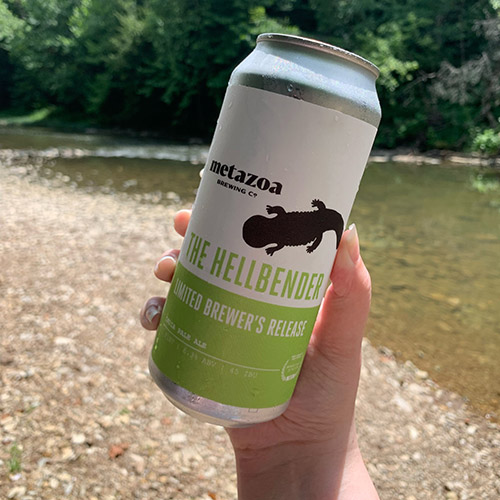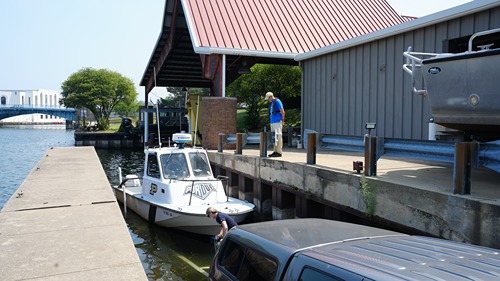Featured Stories

Keeping your pets safe during the dog days of summer
As temperatures and humidity rise across the U.S., Candace Croney, director of the Center for...

Metazoa Beer to Benefit Help the Hellbender Lab
Metazoa Brewing Company and the Indiana Lakes Management Society have teamed up to collaborate on...

Digital forestry can help mitigate and prevent wildfires
The National Interagency Fire Center reports that, as of this writing, 19,444 fires have burned...

What you can do this summer to reduce the spread of aquatic invasive species
In 2020, an alligator was captured in a lagoon of Chicago’s Humbolt Park. The reptile out...

Researchers examine nanotechnological methods for improving agriculture
Nanoscale particles could potentially help address agricultural and environmental sustainability...

Purdue Extension to present engaging art and nature demonstrations at Indiana State Fair
The Indiana State Fair kicks off Aug. 2 and highlights the theme “The Art & Nature of...